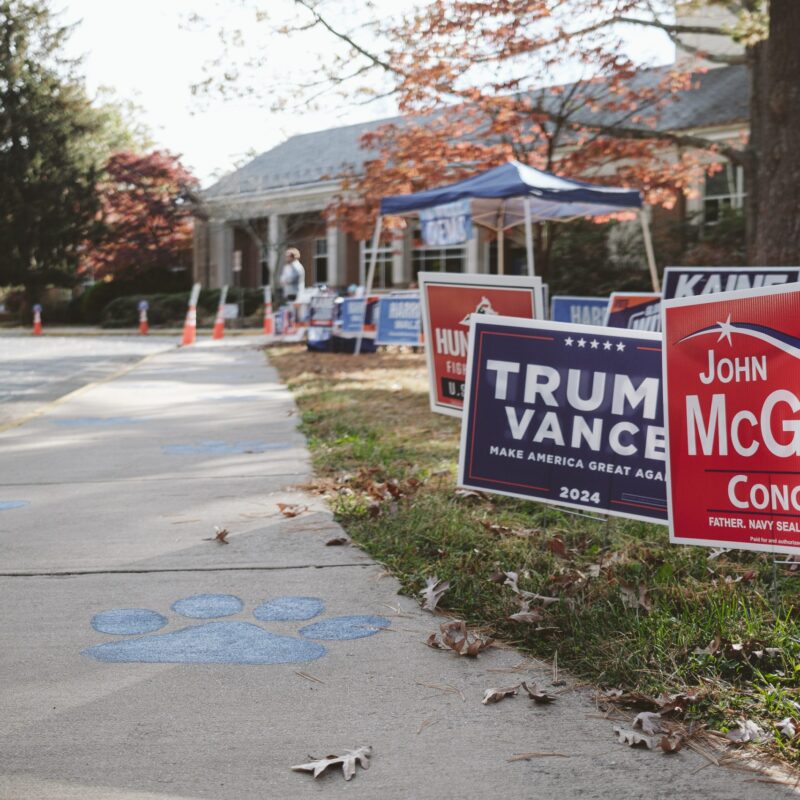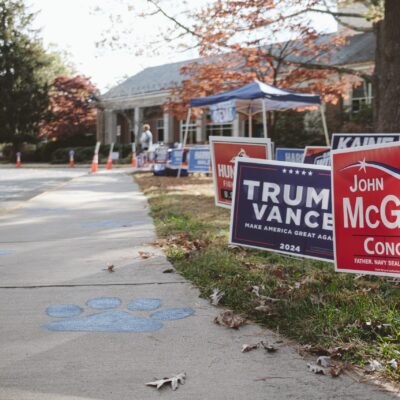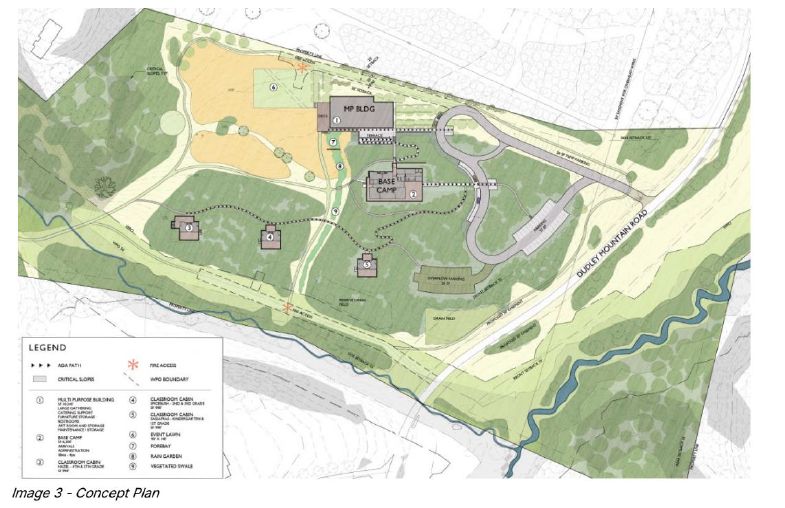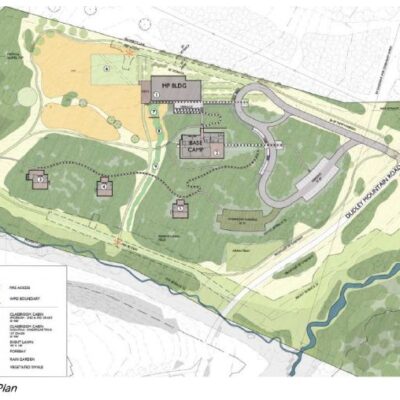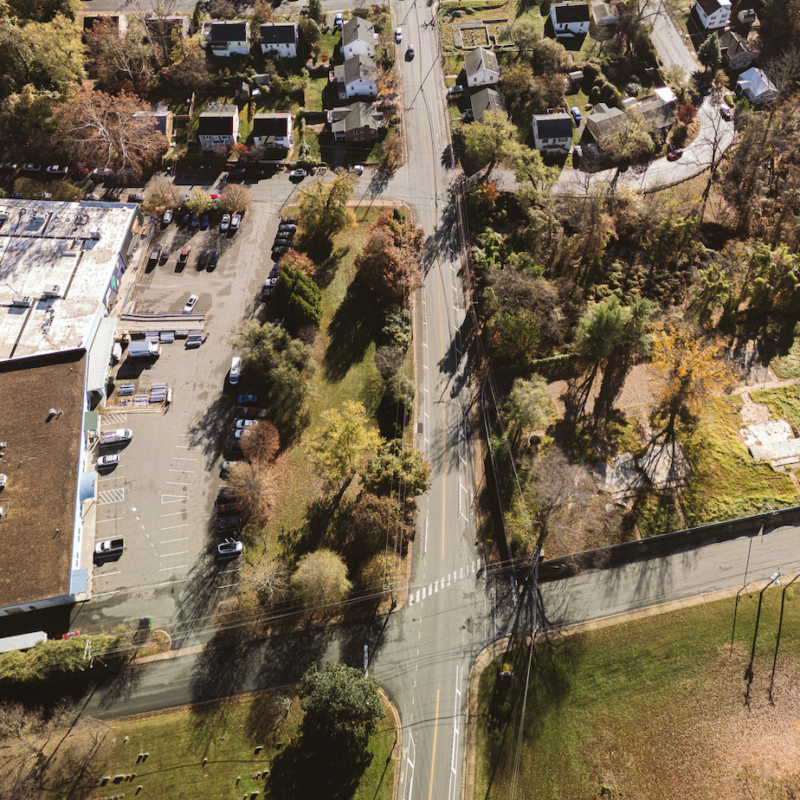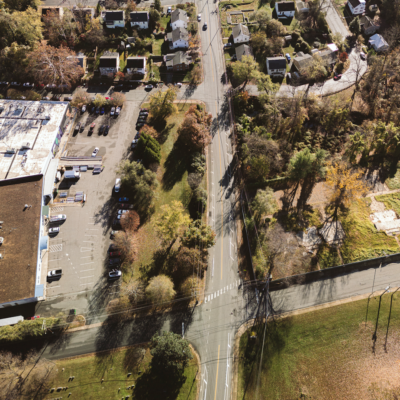Anybody who came to the County Office Building January 23 for the fireworks went away disappointed—but those who came to keep the Board of Supervisors from messing with their “property rights” went home at least somewhat relieved. Though last week some supervisors had talked of voting on a package of “rural area protection” ordinances at the January 23 meeting, instead they opted to postpone any vote until February 6 and will allow for public input.
 Board of Supervisors Chair Ken Boyd has previously voiced opposition to the “rural protections” ordinances under consideration. |
The ordinances are the latest in a long string of efforts to limit building in the 95 percent of the county designated as “rural.” They’re designed to protect our environment and water supply, say supporters, though opponents see them as means to harness rural landowners in order to provide bucolic views for those urban dwellers.
Hundreds came out in October, when the Board looked at three ordinance changes: one that would have created 100′ stream buffers throughout the county; a second that would have limited building on “critical slopes”; and a third that would have increased the amount of time that a homeowner would have to own land in order to subdivide it for a family member.
At the end of the January 16 Board meeting, Supervisor Sally Thomas made a motion to bring back the ordinances. Absent was Chair Ken Boyd, the most vocal opponent of the ordinances as they were written, and the idea got a 5-0 approval (though Supervisor Lindsay Dorrier later tried to change his vote—possibly he wouldn’t have voted ‘yes’ had he known what he was voting for).
The ordinances back on the agenda were watered down versions. In the current iteration, the most controversial portion—which involved limiting building driveways on critical slopes—was significantly slashed, though it still maintains that driveways shouldn’t have grades greater than 16 percent, in order to accommodate emergency vehicles. The family subdivision provision—designed to make it possible to build in the rural areas on family land despite current zoning of 21 acres per lot—currently requires that a family member own a new lot for two years after it’s created. The new ordinance would make that four years before and four years after the new lot is created.
Though it was the least discussed during the October public hearing, the most controversial part is the stream ordinance, which would extend required buffer areas along intermittent (as well as perennial) streams to 100′ from 50′ across the county on land that’s zoned “rural.” Already about half of the county is under this dictate, as the supervisors have already made buffers 100′ for intermittent streams that go into the local water supply.
Some supervisors discussed at last week’s meeting the possibility of going ahead and voting on the ordinances, which raised a ruckus in some circles. Boyd appeared on Rob Schilling’s radio show on WINA yesterday, saying, “I’m really concerned that the public isn’t going to have a chance to weigh in on them.” Schilling, a Republican former City Councilor, said, “These are striking me as City Council tactics. It appears to me that they are going toward the cutthroat tactics that have been used in the city for years.”
But on January 23, Thomas was content simply to discuss the ordinances as a board without taking a vote. “I didn’t take into account that this was a week with two public holidays, and no one could have predicted Thursday that the County Office Building would be closing early,” said Thomas. “I don’t think that there’s been enough time for people to absorb the changes.”
The ordinances don’t technically require another public hearing because the Board opted to defer its decision in October, but Boyd thought they should because the ordinances have been reworded. “We’ve always erred in favor of too much input from the public rather than not enough,” Boyd said, opting to open the floor for comment.
Before the public could speak, Supervisor Dennis Rooker spoke up to say that the Board should put some “reasonable parameters” on additional public input. “There’s been some comment that there was a rush to decision here,” said Rooker. “This process has gone on about six years trying to adopt some of these rural provisions that are included in our land-use plan. There have been 70 meetings held dealing with these measures,” and over 20 board meetings. “I can assure you just about every idea, thought, opinion that could be expressed on the ordinances that we now have before us has been expressed. …The public has a right to a decision.”
Boyd took a shot at the Planning Commission, which had recommended the original ordinances. “The impacts of [the package] have not been fleshed out, and I’ll say right now, I don’t think the planning commission did their due diligence on this,” said Boyd. “They never really investigated it like they should have.”
“Did you ever actually attend any of those planning commission meetings you’re talking about?” shot back Rooker.
Six members of the public opted to speak on January 23, though those same six won’t get a chance at the February 6 meeting.
Among them was Linda McRaven, who lives in northwestern Albemarle County. “If you want to keep the rural area beautiful so that you can go on your Sunday drive and say, ‘Gee, Davis Shop Road is really beautiful, isn’t it? Look up Green Mountain, there’re not very many houses on it,’ that’s a very difficult thing for me to listen to,” McRaven said. Supervisors have consistently said that the measures are about protecting watersheds, not viewsheds.
Clara Belle Wheeler attacked the 16 percent driveway requirement. “If someone chooses to build a house where a fire engine can’t get to it, that is a personal choice, that is personal responsibility, I’m sure their fire insurance will reflect that choice. The developers seem to get free reign on building anywhere they want to,” Wheeler said, pointing out that the megadevelopment North Pointe is going to be “right on the Rivanna River.”
Thomas later responded to that notion: “People get the feeling that we’re letting the development area to go scot-free and we’re only focusing on the rural area, but for the last, I’d say, 12 years, we’ve been focusing on the development areas,” Thomas said. “We have a pretty unique set of rules that the developers have to go through in the development area.”
The measures are likely to pass 4-2 on February 6, barring a sudden change of mind from Thomas, Rooker, David Slutzky or Ann Mallek—the newest member of the Board and the likely reason that the ordinances have re-emerged so quickly. Mallek takes the place of David Wyant, who said he would have voted “No” had a vote been taken in October. Wyant came out on January 23, this time watching the proceedings from the audience.
C-VILLE welcomes news tips from readers. Send them to news@c-ville.com.
